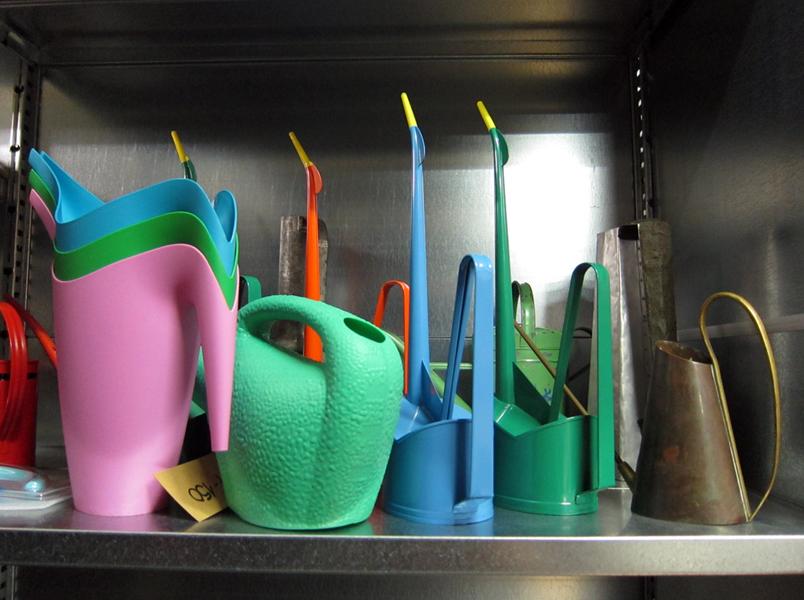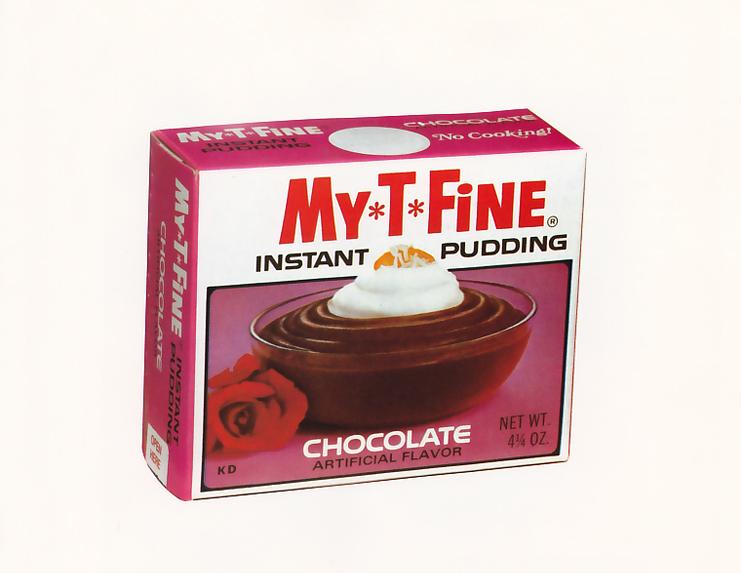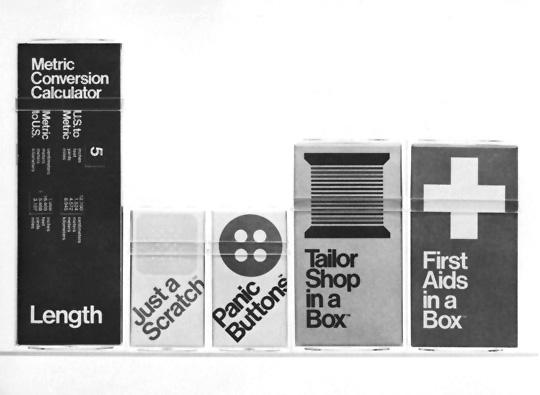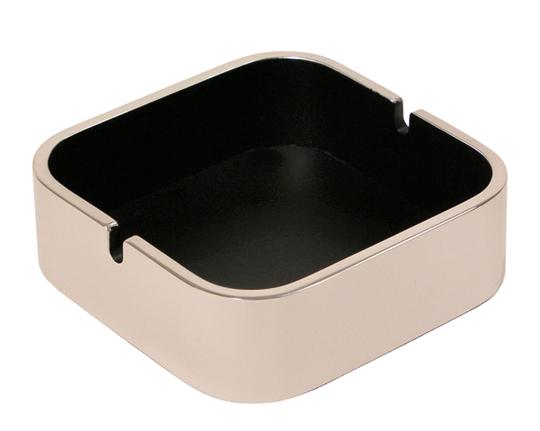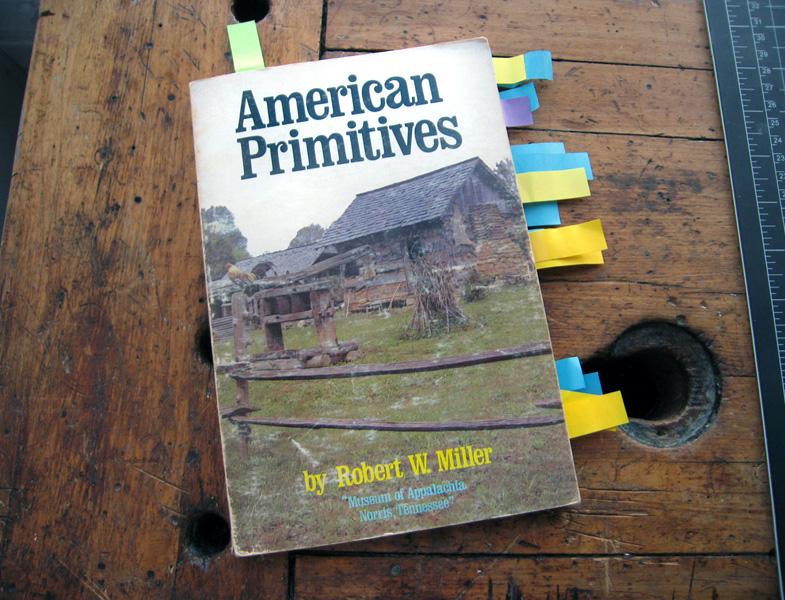
07.02.10
From the Archives
Paul Loebach on American Primitives
Two hundred years ago, when American pioneers were streaming across the country making homes for themselves in the uncharted wilderness, anyone who needed a corn grater or a mouse trap had to knuckle down and make one. “Everyone was a designer,” says Paul Loebach, who’s long been fascinated by such primitive, purpose-built objects, typically hand-carved in wood or crudely forged in metal. “Whereas Europe had a network of goods trading, for the settlers it was like, we’re limited to these five square acres. They had to be really clever to make the most out of what they had, and that kind of ingenuity is inspiring to me.” Already knowing this about the Brooklyn designer after interviewing him last November, Sight Unseen invited him to choose his favorite objects from the 1972 book American Primitives, which we found at an Ohio flea market for $2 and which contains several dozen annotated selections from Norris, Tennessee’s Museum of Appalachia.
